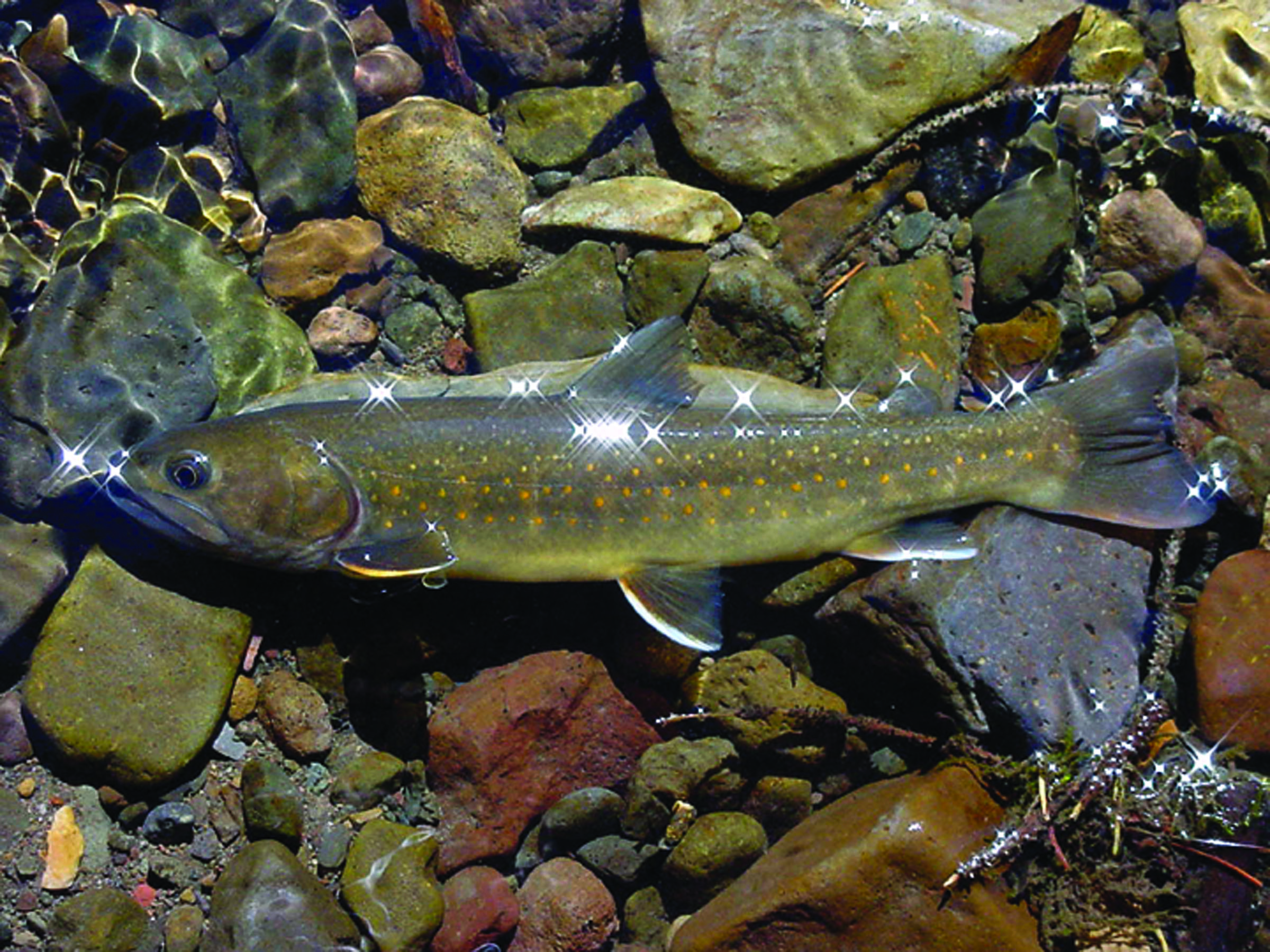By Keith Ridler
The Associated Press
BOISE, Idaho — More than two dozen dams operating in Idaho, Oregon, Washington and Montana are harming bull trout and violating the Endangered Species Act, an environmental group says.
A federal lawsuit filed by the Alliance for the Wild Rockies on Monday in Portland, Ore., names the U.S. Army Corps of Engineers, the U.S. Bureau of Reclamation and the Bonneville Power Administration as defendants.
The alliance says the three federal agencies have failed to complete required consultations with the U.S. Fish and Wildlife Service on how to operate 26 dams in areas designated as critical bull trout habitat.
The group is asking a judge to force the agencies to complete those consultations that could lead to changes at the dams benefiting the federally protected bull trout.
“We’re just trying to get them to do what they promised us they would do,” said Mike Garrity, executive director of the Missoula, Mont.-based Alliance for the Wild Rockies.
The dams cited in the lawsuit include the four large dams that span the Columbia River where it forms the border between Oregon and Washington state.
Four Snake River dams in Washington state are also named. Idaho and Montana have two dams each named in the lawsuit, and additional dams are listed in Oregon’s Willamette Basin, which feeds into the Columbia River.
“Defendants have failed to protect and prevent adverse modification of certain rivers and streams designated as bull trout critical habitat,” the lawsuit says.
Scott Lawrence, spokesman for the U.S. Army Corps of Engineers, said the agency doesn’t comment on pending litigation.
Kevin Wingert, spokesman for Bonneville Power Administration, said the agency was reviewing the lawsuit and didn’t have an immediate comment.
A spokeswoman for the U.S. Bureau of Reclamation didn’t return a call from The Associated Press on Wednesday.
Biological assessments
Specifically, the lawsuit contends the agencies have failed to write biological assessments for many of the dams pertaining to bull trout and required following the 2010 designation of critical habitat for the species in the four states and a small portion of Nevada.
The lawsuit also says the agencies, whether biological assessments have been written or not, haven’t taken the next required step and consulted with the U.S. Fish and Wildlife Service on how best to manage the dams to benefit bull trout.
“At some point, the alliance felt we needed to bring this into court to have these schedules brought into play and have these things done,” said Timothy Bechtold, an attorney representing the alliance.
Bull trout evolved with salmon after the last ice age and preyed on young salmon and salmon eggs.
But bull trout have declined along with salmon, and they were listed as threatened in the Lower 48 in 1999. Bull trout now only occupy about 60 percent of their former range.
Threats to the cold-water species include warming water caused by climate change, isolated populations, hybridization with non-native brook trout and competition from non-native lake trout, according to experts.

